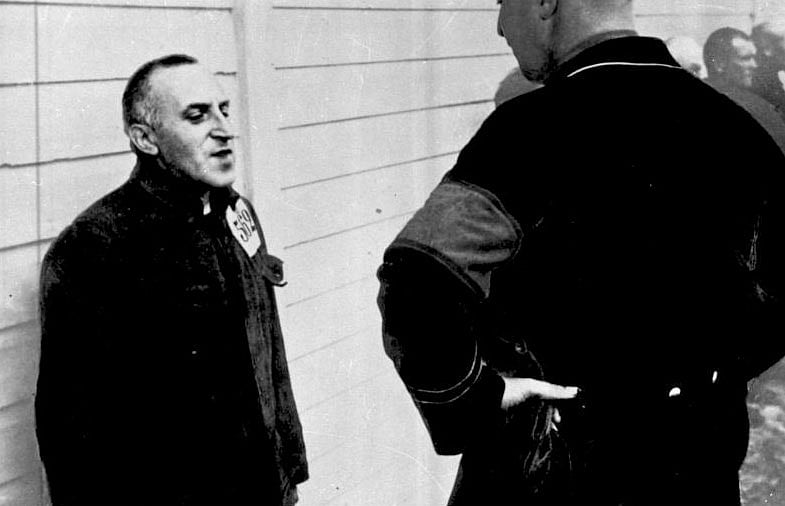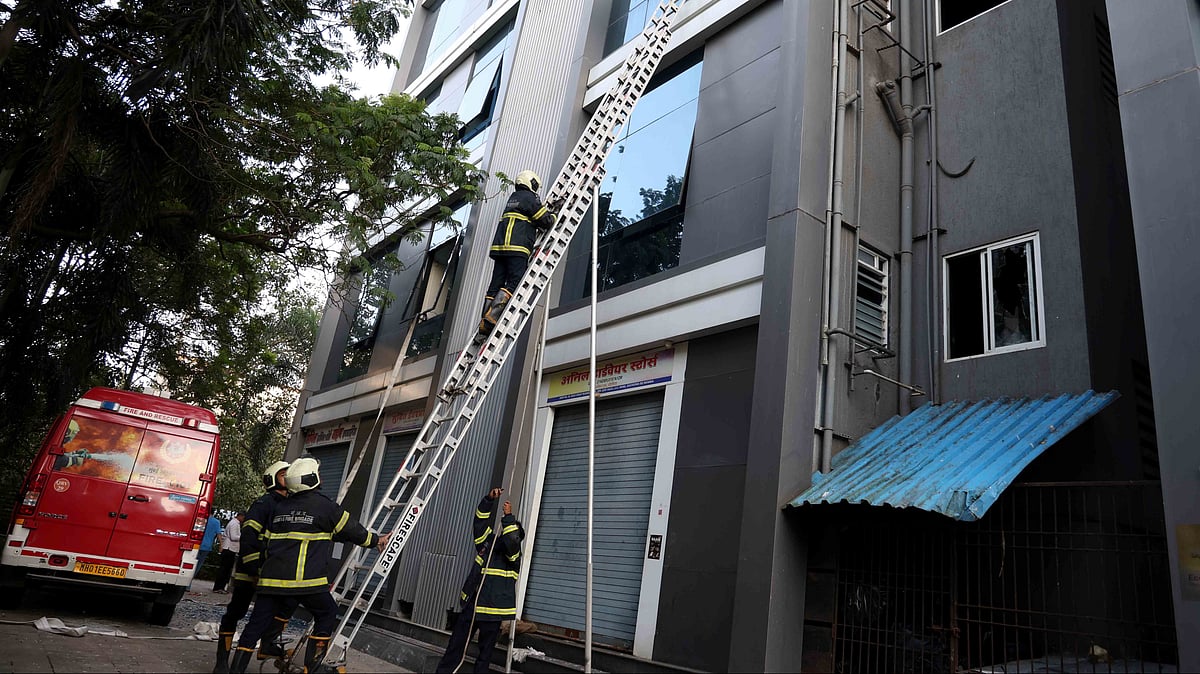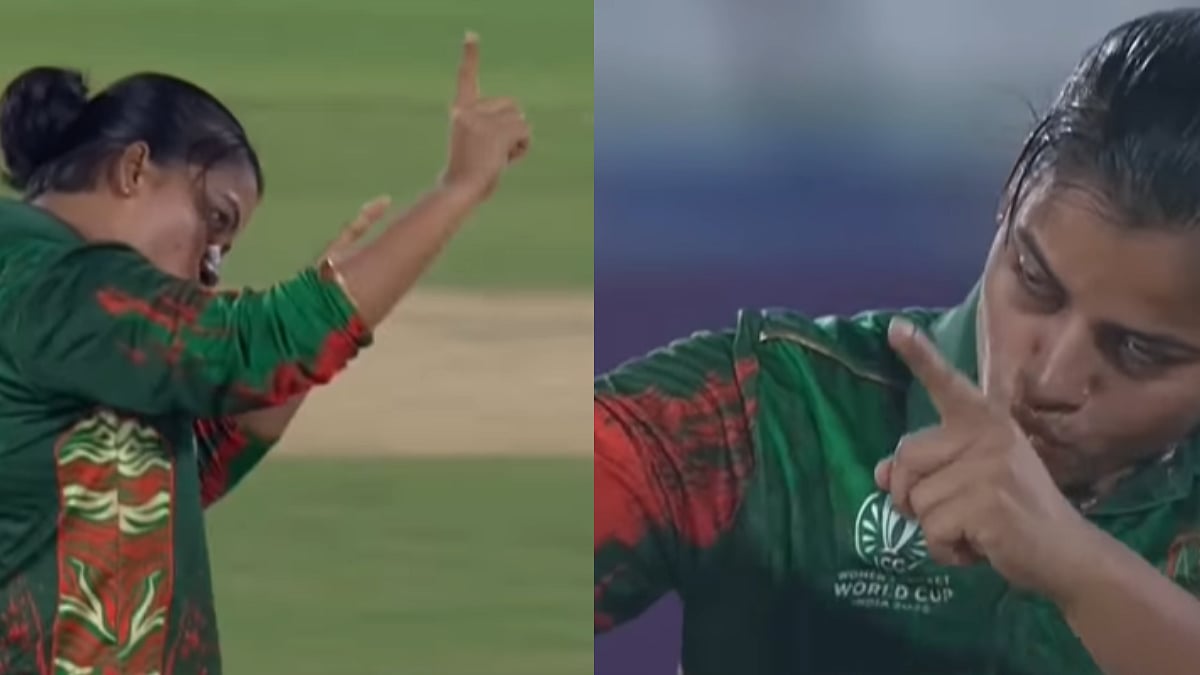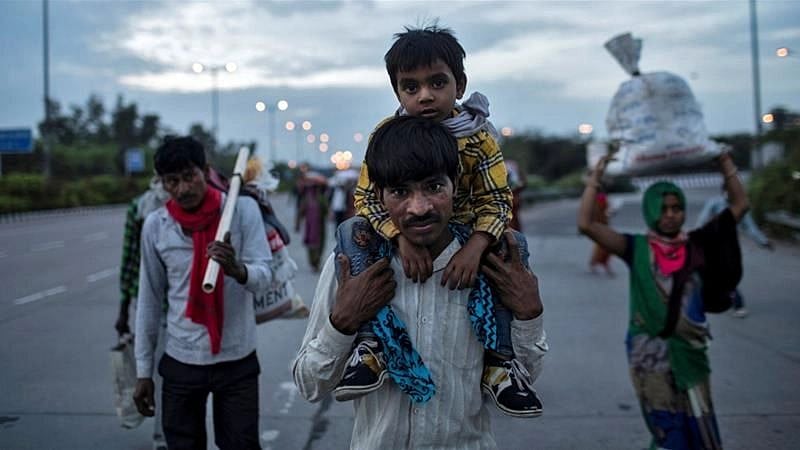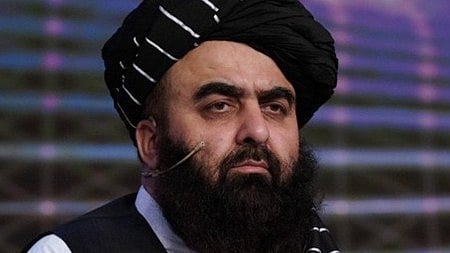Last week, Maria Ressa from the Philippines and Dmitry Muratov from Russia, accepted the Nobel Prize for Peace. The Nobel committee said “for their efforts to safeguard freedom of expression, which is a precondition for democracy and lasting peace. …they are representatives of all journalists who stand up for this ideal in a world in which democracy and freedom of the press face increasingly adverse conditions.” The last time a journalist was awarded the Nobel for Peace was in the 1930s -- Carl von Ossietzky broke the story of the secret German rearmament. For his efforts, he was sentenced to a concentration camp where he perished, like the millions of others who opposed the Nazis.
In her acceptance speech, Ressa paid tribute to von Ossietzky, and other journalists across the world who perished fighting to uncover the truth. She said, “I stand before you, a representative of every journalist around the world who is forced to sacrifice so much to hold the line,to stay true to our values and mission: to bring you the truth and hold power to account.” Echoing her, Muratov said, “This award is also to the colleagues who are alive, to the professional community who perform their professional duty.” Across the world, journalists are facing great peril. The Committee to Protect Journalists (CPJ) says that there are 293 journalists across the world that they know of, who are in prison. The most are in China - 50. In India, the CPJ database indicates seven journalists jailed under various charges, from terror to supporting terror, from creating communal disharmony to conspiracy. The official narrative, bolstered by the surround sound around these imprisoned journalists is that they are enemies of the state, and therefore, the people. And those who support their release are also enemies of the state and the people. None of them has been found guilty of anything. They are in prison merely on suspicion of ‘anti-national’ activities. (Source: CPJ) Both in India, and elsewhere, there are two distinct types of journalism - that which holds up a mirror to those in power and takes up issues that are counter to citizens’ interest. And the other type that we mostly get to see – run by pliable journalists who want access and backed by corporate power that wants control. And right now,the second type is winning. Powered by algorithms that prioritise shock and horror, distributed by multinational tech giants who make their money from sticky eyeballs – irrespective of the quality of content on offer – news media has become one large tabloid landscape that dishes out sex, scandal, treachery, and grief. It assembles ill-informed lynch mob leaders in its studios every night, and tries to set the world on fire. Because a burning world means more ratings. In her acceptance speech, Ressa talks about the toxicity of the mainstream media. She says, “Our greatest need today is to transform that hate and violence, the toxic sludge that’s coursing through our information ecosystem, prioritised by American internet companies that make more money by spreading that hate and triggering the worst in us.” Muratov talks about the government media complex that portrays those who want peace as weak, and warmongers as strong. He says, “The powerful actively promote the idea of war. Aggressive marketing of war affects people and they start thinking that war is acceptable. Governments and their propaganda supporters are fully responsible for the militaristic rhetoric on state-owned television channels.” In India, the state-owned channel Doordarshan is far more restrained and balanced than its private sector counterparts, supported by government advertising and access to the halls of power. Indian news anchors over the last decade or so, have done more to damage the fabric of society and the Indian ethos than any other organised group. Pandering to bigots of all hues and shades to simply drive up ratings, has been a good revenue strategy for the media house. But with terrible consequences for Indian society. The people the mainstream news media promotes are the most extreme. The most fundamentalist. . The most rabid. And the most convincing.The ones who drum up violence and war. And the latest example of this, is the way in which the tragic deaths of CDS General Rawat, Mrs Rawat, and others on the ill-fated helicopter was covered-- wall-to-wall coverage of the accident;visuals of an injured and helpless CDS; mindless speculations on conspiracies; random calls for action– against anyone. And this is not the first time we have seen such breach of protocol or decency. It is almost like the media has figured out that it can whip up blood lust by showing corpses. And the consequences of that are ratings and revenue. Never mind the dignity of the wounded,or indeed, the dead. Never mind the further hurt and grief that is imposed on the families. Never mind the man whose wounded images screens are flashing to drum up views, was the CDS – and deserving of respect.
We live in a world of two schools of journalism – that run by purpose- driven journalists out to uncover the truth and the other run by corporatised media workers. And, the biggest unreported conflict is between these two. In a world where information flow is controlled by large, trans-national conglomerates, where hate forms the glue to hold virtual movements together, it is a miracle that so many stories that report the underlying truth in systems come to the fore; uncovered by dogged journalists, many of them freelancers with no protection of an organisation. And, yet these independent journalists have been chipping away at the core of corruption and injustice, world over – making that dent and bringing about that change. Maybe to honour them, we need to be more specific about whom we call journalists. Maybe those who uncover the truth, and expose injustice could be called journalists. Those who entertain the masses every night, with their oratory, rhetoric, and fictional account of the world – maybe we could call them jesters.
The last time a journalist was awarded the Nobel for Peace was in the 1930s. Carl von Ossietzky, who broke the story of the secret German rearmament. For his efforts, he was sentenced to a concentration camp where he perished, like the millions of others who opposed the Nazis
